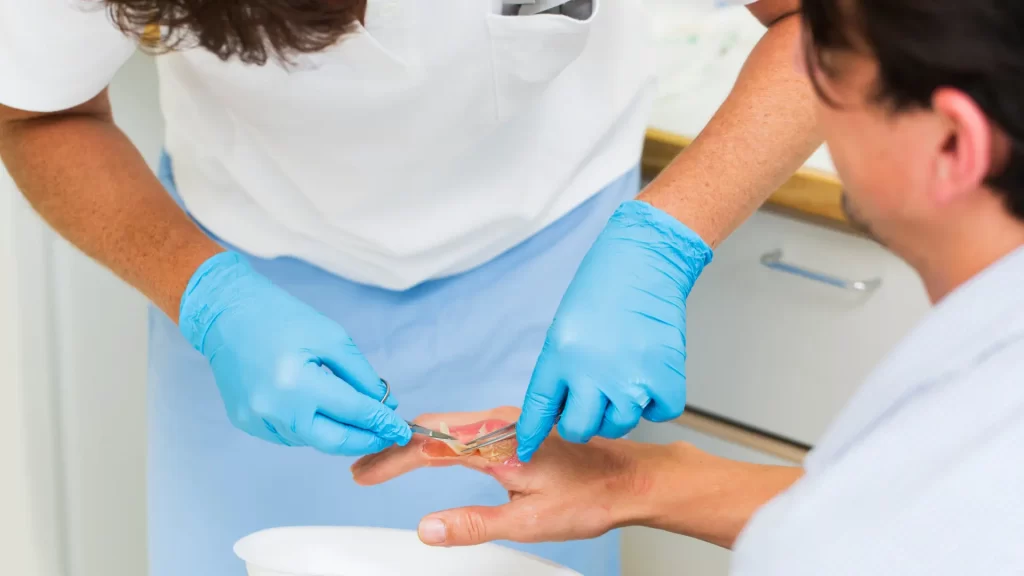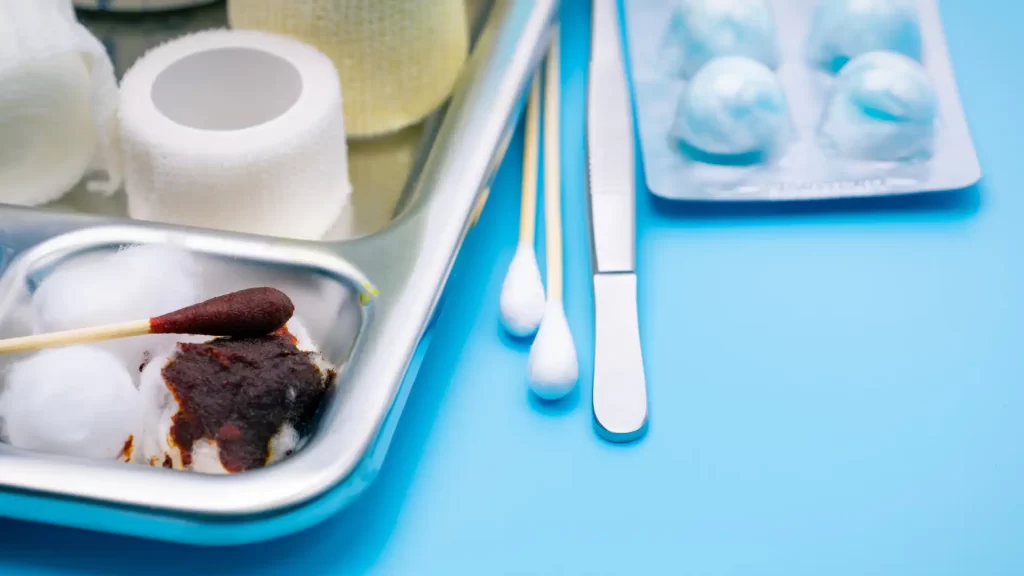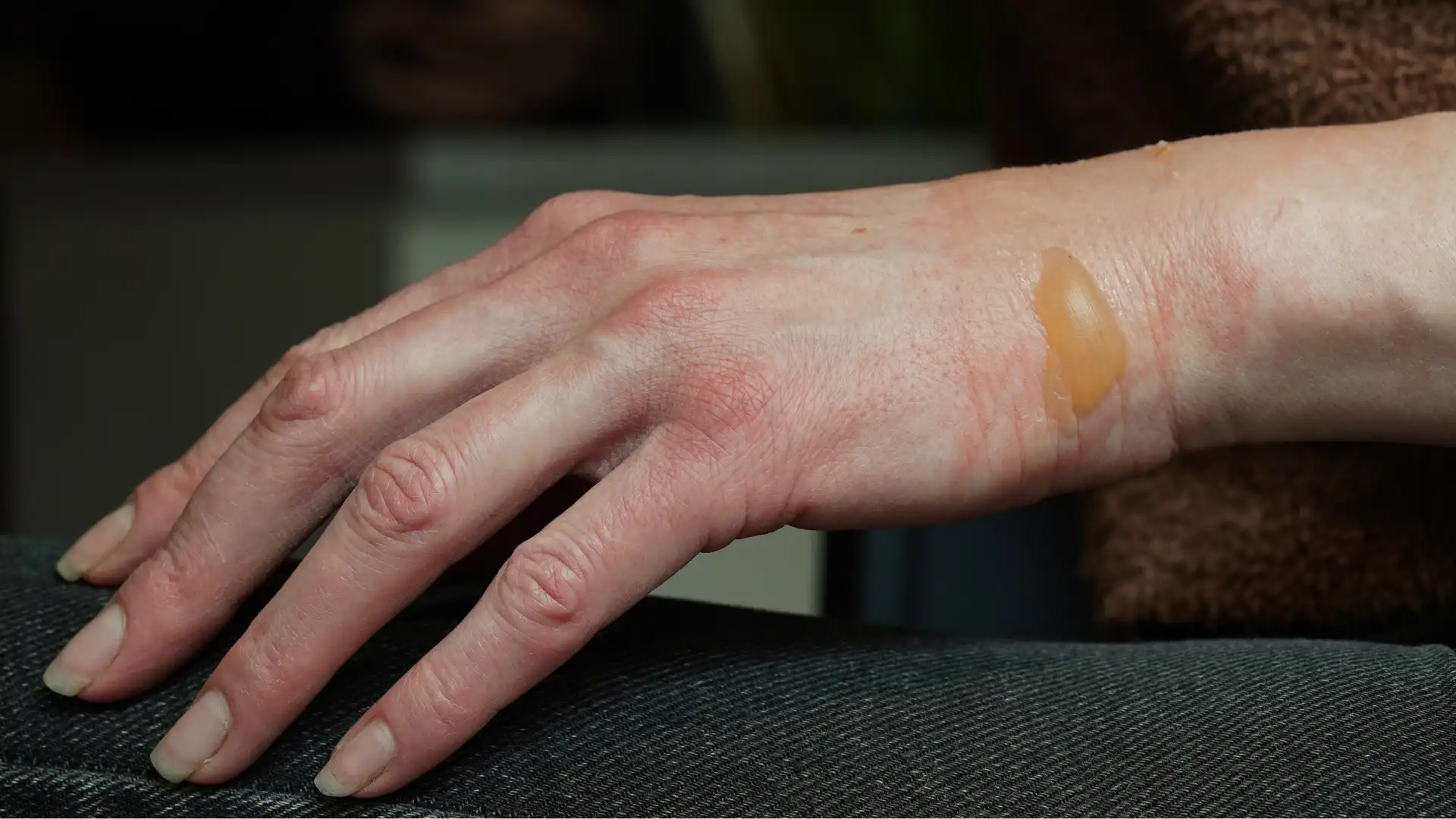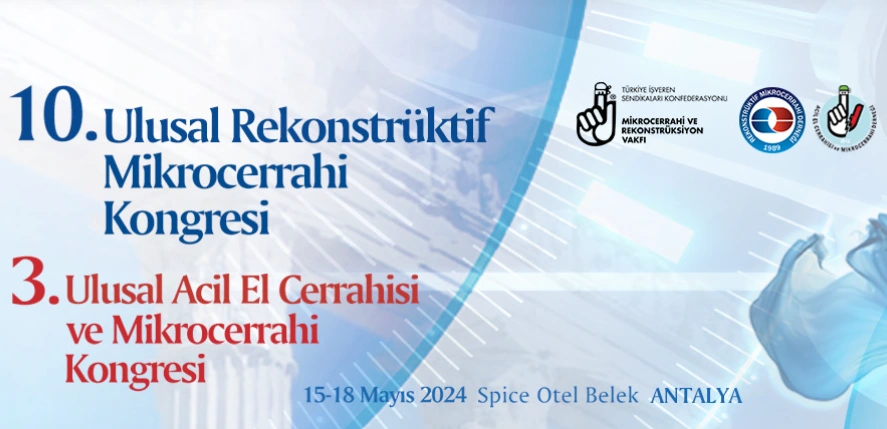Burn injuries may be painful both physically and emotionally. Knowing how to care for burnt skin is critical for a quick recovery, whether it’s a little mishap or a more serious occurrence. In this article, we’ll go over the fundamentals of effective burn wound care, including healing stages, possible problems, and practical methods to encourage recovery.
Continue reading to learn about fundamental ideas and practical strategies to help you heal faster!
Common causes of burns
Burns can be caused by a variety of factors, each of which has its own set of issues in terms of severity and treatment. Here are some of the most prevalent causes of burns:
- Heat
Scalds: Contact with hot liquids, steam, or hot objects.
Flames: Fire exposure, as in home fires or accidents.
- Chemical Burns: Contact with corrosive chemicals, such as acids or strong alkaline compounds, causes this condition.
- Electrical Burns: Due to electrical current contacts, such as defective wiring or lightning.
- Friction Burns: Caused by skin rubbing against a hard surface, frequently occurring in car accidents involving road rash.
- Scalding from Steam: Burns produced by steam contact, most commonly in industrial or culinary situations

Why is burn wound care important?
Because of its direct impact on the healing process and the prevention of future complications, effective burn wound care is critical. When the skin is burnt, it loses its natural protective barrier, making the body more vulnerable to infections and other consequences. Proper care not only helps to reduce pain and suffering, but it also helps to avoid infection, promote proper tissue regeneration, and reduce scarring.
Burn wounds are more prone to develop infected in the absence of adequate treatment, resulting in longer healing times and an increased risk of irreversible damage. Without meticulous care, the danger of hypertrophic scarring, contractures, and other long-term effects increases. Individuals may dramatically improve the healing process, lower the risk of infections, and improve overall results by following suggested protocols for cleaning, treating, and monitoring burn wounds.
How a burn’s severity is categorized
Burns are classified according to their severity, which is usually divided into three categories: first-degree, second-degree, and third-degree. Each degree represents the depth and scope of tissue injury.
- First-degree burns: These are superficial burns that only affect the skin’s surface layer, called the epidermis. Redness, slight swelling, and soreness are common symptoms. A classic example of a first-degree burn is sunburn. Healing normally happens without substantial scarring, and over-the-counter medications are frequently effective.
- Second-degree burns: These burns go beyond the skin’s surface layer and impact the underlying layer, known as the dermis. They are distinguished by redness, blistering, swelling, and excruciating agony. Second-degree burns may necessitate medical treatment because they are more susceptible to infection. Proper wound care is critical for good healing, and scarring is possible.
- Third-degree burn: Third-degree burns reach deeper tissues by penetrating both the epidermis and the dermis. The afflicted region may be burnt, bleached, or leathery in appearance. Third-degree burns frequently induce numbness as a consequence of nerve loss and may be less painful at first because nerve endings are gone. Third-degree burns require immediate medical treatment because they frequently necessitate specialist care, such as skin grafts, to promote healing and reduce consequences.
- Fourth-degree burn: Fourth-degree burns are the highest degree and the most dangerous type of burn. They can pose a life-threatening risk and require prompt intervention.
First aid tips for treating minor burns at home
Immediate and sufficient first aid for small burns at home can assist in the healing process. Begin by chilling the afflicted region for 10 to 20 minutes under cool, flowing water to relieve discomfort and prevent additional harm. Ice should be avoided since it has the potential to aggravate the condition. To prevent the burn from infection, gently pat it dry with a clean, soft cloth and then apply a sterile, nonstick dressing.
Over-the-counter burn ointments and aloe vera gel can offer temporary comfort and improve recovery. Avoid popping any blisters since this may increase your risk of infection. Seek medical assistance right away if the pain persists or the burn seems serious. Consider using over-the-counter pain medicines in the appropriate dosage for further relief.

How to treat significant burns until you can get to the ER
When dealing with severe burns before reaching the emergency hospital, quick and meticulous intervention is essential. To prevent additional harm, the first focus should be on removing the victim from the source of the burn. If applicable, apply cool running water to the afflicted region for at least 10 minutes to relieve discomfort and limit tissue damage. Avoid using ice or extremely cold water, since this might aggravate the condition.
Cover the burn loosely with a clean, nonstick bandage or cloth to prevent infection. Avoid directly putting sticky bandages on the burn. Elevate the burnt area if possible to minimize edema. Significant burns require immediate emergency medical attention because they may necessitate specialist care to avoid complications and ensure the best possible result. Maintaining the person’s airway and watching for indications of shock are additional crucial measures while waiting for expert treatment.
When to see a doctor for burn wound care
Seeking immediate medical help for burn wound care is critical in a variety of situations. If a burn is serious, such as a second-degree burn with a large surface area or any third-degree burn, medical attention should be sought immediately to assess the extent of the injury and give specialist care. Furthermore, a professional assessment is recommended if a burn is placed on the face, hands, feet, genitalia, or major joints owing to the possibility of complications and impact on functionality.
Dr. Burak Sercan Burn Treatment Options in Turkey
Dr. Burak Sercan specializes in innovative and compassionate burn treatment solutions at our prestigious medical institution in Turkey. We provide a wide selection of cutting-edge therapies adapted to individual needs, as part of our dedication to patient well-being. Dr. Sercan’s committed staff focuses on providing tailored treatment to provide the best possible outcomes for our patients. Please do not hesitate to contact us; together, we can begin on a path of recovery and well-being.











